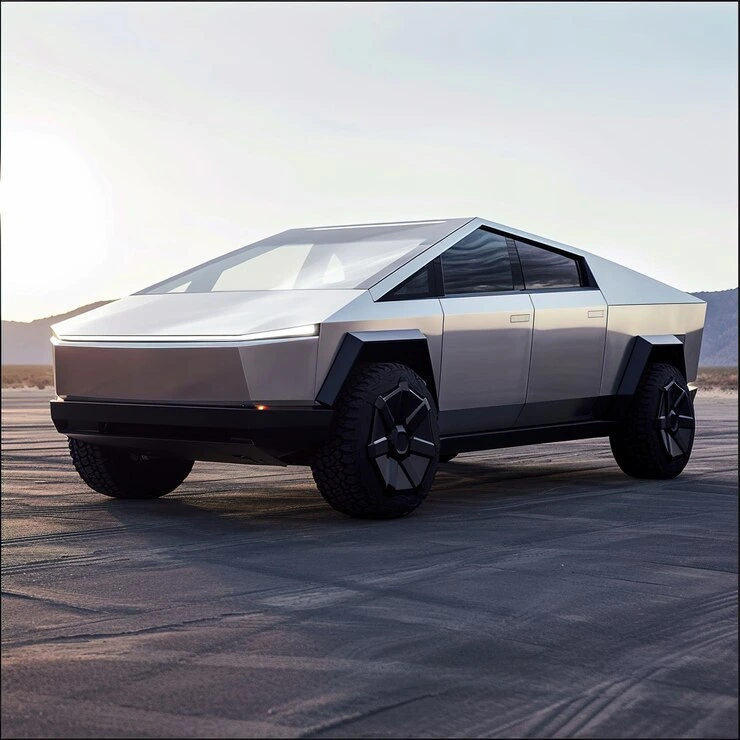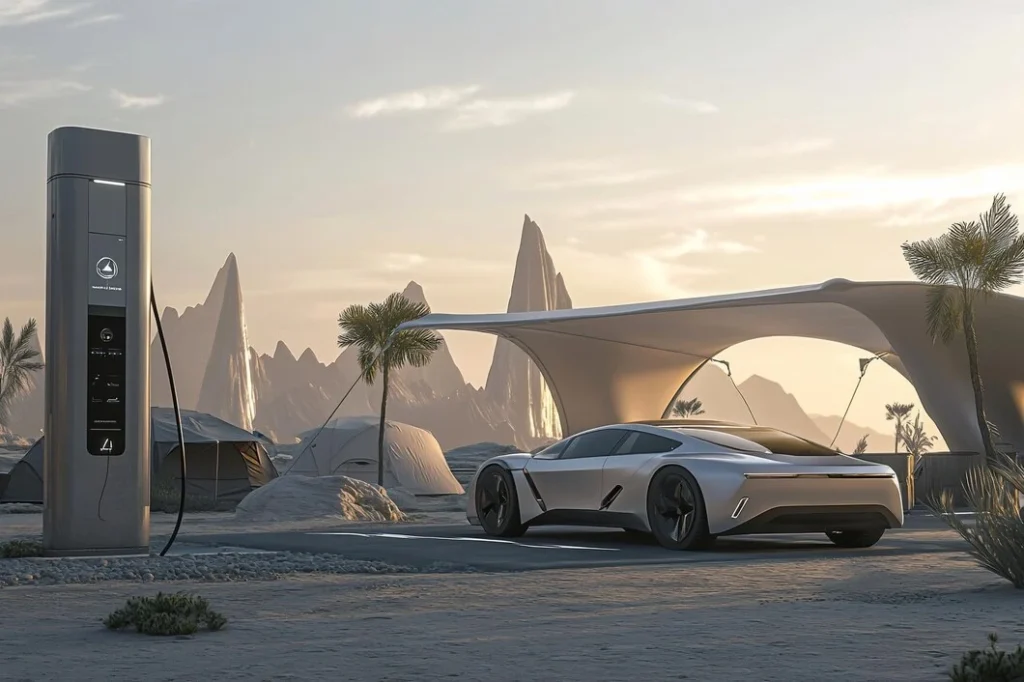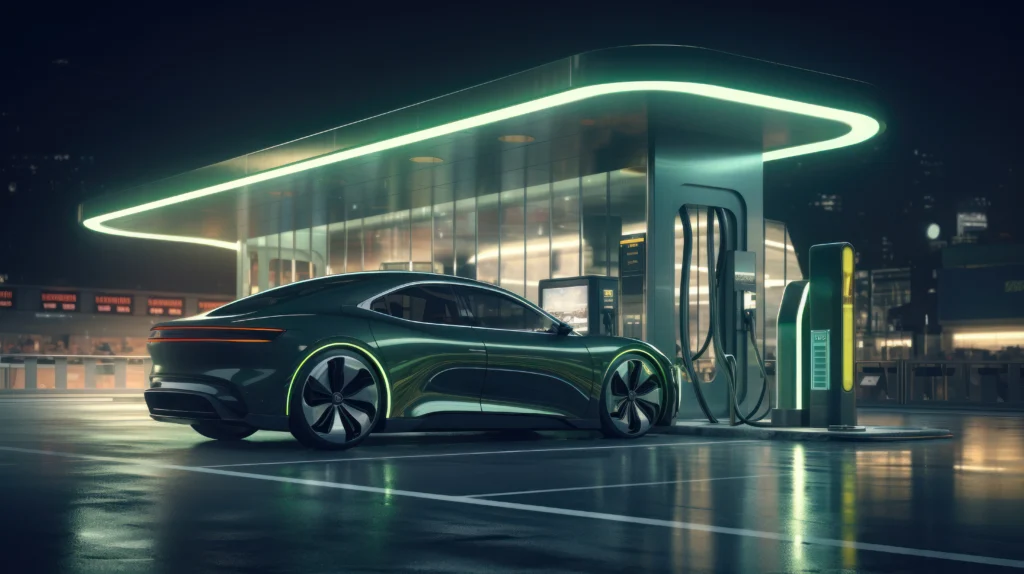Tesla’s Cybertruck has never been just another pickup—it’s been a bold symbol of futuristic design, disruptive tech, and Elon Musk’s vision for the automotive world. But in 2025, the Cybertruck story is evolving fast. With the launch of a new entry-level model, surprising sales fluctuations, and Tesla’s expansion into new global markets like Saudi Arabia, the electric truck is navigating both challenges and opportunities. Add to that a growing cultural divide in how the Cybertruck is perceived—from kids who adore its toy-like design to adults who see it as a statement on wheels—and you’ve got a vehicle that’s as talked-about as it is unconventional. In this article, we’ll break down everything you need to know about the latest chapter in the Cybertruck saga.

The New Tesla Cybertruck Long Range RWD Model
In a move aimed at broadening the Cybertruck’s appeal, Tesla has unveiled a new entry-level version of its polarizing electric pickup: the Cybertruck Long Range RWD. This model is positioned as a more accessible option for buyers who want the Cybertruck experience without the premium price tag of the AWD and Foundation Series versions.
What sets it apart is its impressive range—up to 350 miles per charge, or 362 miles with an optional aerodynamic tonneau cover. This makes it the longest-range Cybertruck available to date, a huge plus for those who prioritize distance over power.
However, there are some compromises. Unlike its all-wheel-drive siblings, the RWD model comes with a single motor, which means slower acceleration (0 to 60 mph in 6.2 seconds) and a reduced towing capacity of 7,500 lbs (compared to 11,000 lbs on the AWD version). It’s still highly capable, but more tailored to everyday utility rather than high-performance towing or off-road adventures.
In terms of features, buyers should note that the RWD version lacks some of the premium upgrades seen on higher trims—like adaptive air suspension, built-in power outlets, leatherette seating, and the rear infotainment touchscreen. These exclusions help lower the price to $69,990, before the $7,500 federal tax credit, making it the most budget-friendly Cybertruck to date.
Tesla’s goal here is clear: expand the Cybertruck’s customer base by making it more affordable, while still delivering the eye-catching design and core tech that define the brand. It’s a strategic move that could help Tesla regain momentum in the increasingly competitive electric truck market.

Sales Performance and Public Sentiment
Despite the hype and anticipation that surrounded its release, the Tesla Cybertruck’s sales have seen a surprising downturn in early 2025. According to Tesla’s Q1 report, only 6,406 units were sold—a sharp drop from 12,991 units sold in Q4 of 2024. This nearly 50% decline has raised eyebrows across the automotive industry and sparked conversations about what might be behind the slip.
One possible factor? Elon Musk’s growing involvement with Dogecoin (DOGE) and other non-automotive ventures. While some Tesla fans admire Musk’s adventurous spirit, others are beginning to question whether these side projects are distracting from Tesla’s core mission. Some critics argue that Musk’s public persona may be contributing to consumer hesitancy—particularly among buyers who prioritize practicality and brand consistency.
At the same time, the Cybertruck’s unique, futuristic design continues to divide public opinion. For some, it’s a bold, game-changing statement. For others, it’s too unconventional—especially in the traditional pickup truck market where ruggedness and familiarity still reign supreme.
Add in the price tag, and the early models—especially the limited “Foundation Series” trims—might have priced out a large segment of potential buyers. Even with the new RWD model introduced at a lower price point, consumer trust and interest may take time to rebuild, especially with more electric trucks from brands like Ford, Rivian, and Chevy gaining traction.
Tesla’s challenge now is not just about innovation—it’s about reconnecting with a broader audience, ensuring consistent production, and proving the Cybertruck is more than just a statement piece.

Tesla Expands into Saudi Arabia
In a bold move to strengthen its global footprint, Tesla officially launched operations in Saudi Arabia in April 2025. The launch event, held in Riyadh, featured a dramatic showcase of the Cybertruck and a refreshed Model Y, with attendees given the chance to take part in test drives and experience Tesla’s latest innovations up close.
This expansion is more than just a flashy debut—it’s a strategic alignment with Saudi Arabia’s Vision 2030, an ambitious national plan that includes increasing electric vehicle (EV) adoption from just 1% to 30% in the next five years. The country is rapidly investing in green infrastructure, and Tesla is positioning itself to be a key player in this transformation.
To support the transition, Tesla plans to roll out a comprehensive local ecosystem:
- Online sales platform tailored for the Saudi market
- Pop-up stores in major cities for visibility and customer engagement
- A network of Supercharger stations to make long-distance EV travel a reality across the country
Launching the Cybertruck in the Middle East is particularly interesting. The region’s desert terrain and long roadways provide a unique testbed for EV durability and range. If the Cybertruck can prove itself here, it could reinforce Tesla’s claims about its utility, resilience, and long-distance capabilities.
This move also signals Tesla’s intention to compete in emerging EV markets, not just dominate in North America and Europe. With local governments pushing for sustainability and tech-savvy consumers ready to adopt electric mobility, Saudi Arabia could become one of Tesla’s most valuable growth markets in the next few years.

The Cultural Divide: Adults vs. Kids
One of the most unexpected aspects of the Tesla Cybertruck’s rise has nothing to do with horsepower, battery life, or towing capacity—it’s about how different generations perceive it.
For many kids and teens, the Cybertruck is downright cool. Its sharp angles, stainless steel frame, and almost sci-fi silhouette make it look like something straight out of a video game or a LEGO set. It’s bold, different, and fun—exactly the kind of design that grabs a younger audience’s imagination. In fact, reports show that children are frequently pointing out Cybertrucks on the road, begging parents to take photos or even buy one. To them, it’s not just a vehicle; it’s a giant toy come to life.
But for many adults, the reaction is more mixed—if not skeptical. The Cybertruck’s unconventional look breaks the mold of what a “serious” truck is supposed to be. It challenges long-standing norms in automotive design, and not everyone is on board. Some see it as too flashy, too radical, or even a political statement, especially given its close association with Elon Musk, a figure known for stirring both admiration and controversy.
This generational divide says a lot about how the Cybertruck fits into broader cultural conversations. It’s more than a car—it’s a symbol. For some, it represents progress, individuality, and the future. For others, it challenges tradition in ways that feel uncomfortable or impractical.
Still, the fact that kids love it might just be Tesla’s secret weapon. As the next generation of drivers grows up admiring the Cybertruck, they could become the buyers who eventually push it into the mainstream. What feels polarizing today could very well become iconic tomorrow.

The Future of Cybertruck and Tesla’s Pickup Strategy
With its bold design, fluctuating sales, and growing cultural impact, the Cybertruck’s future is still being written—and Tesla’s next moves will be critical in shaping its long-term role in the EV market.
One key question is whether the new RWD model can spark a revival in consumer interest. Priced lower and offering a longer range, it’s a smart step toward accessibility—but only time will tell if it can reach a broader base of practical pickup truck buyers, not just tech enthusiasts.
Meanwhile, competition in the electric truck market is heating up. Rivian’s R1T, Ford’s F-150 Lightning, and Chevrolet’s Silverado EV are all carving out their niches, and they’re doing so with more traditional styling and familiar branding—something that may appeal more to mainstream truck buyers. Tesla, by contrast, is banking on innovation and identity. The Cybertruck doesn’t just break the mold—it shatters it, and that’s both its strength and its gamble.
Looking ahead, Tesla is likely to refine the Cybertruck with over-the-air software updates, possibly adding new features that enhance performance, entertainment, and self-driving capabilities. And then there’s the rumored Robotaxi network, which could reposition the Cybertruck as part of a much larger mobility vision—one where personal vehicle ownership and commercial use blur together.
Lastly, Tesla may choose to diversify its pickup strategy entirely—introducing different body styles, trims, or even a more traditional-looking truck to attract conservative buyers. Whether the Cybertruck becomes a global workhorse, a luxury status symbol, or an urban tech toy will depend on how well Tesla adapts to shifting demands while staying true to its disruptive DNA.
In any case, one thing is clear: the Cybertruck is not just a vehicle—it’s a conversation, and Tesla is just getting started.